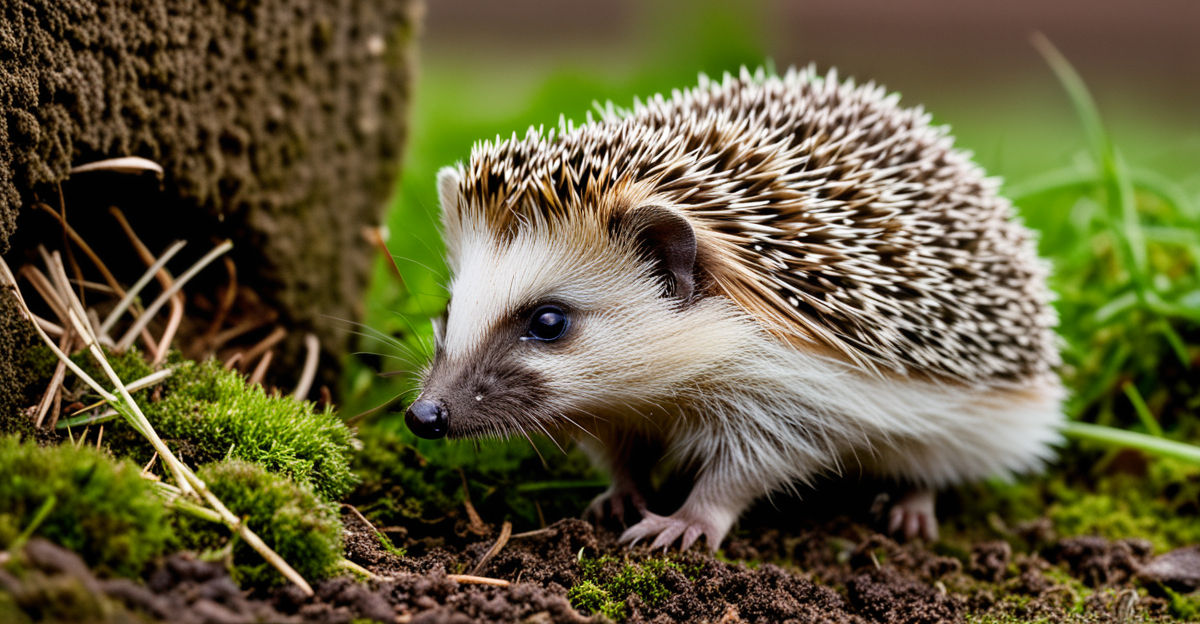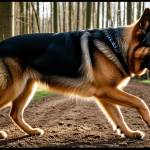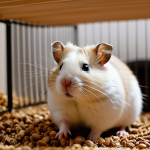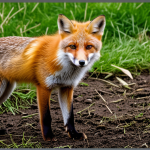Innovative Research Techniques for Tracking City Hedgehogs
Tracking urban hedgehogs requires novel hedgehog research methods that can adapt to the complexities of city environments. Advanced tools such as GPS collars allow researchers to monitor individual hedgehog movement with great precision, revealing travel routes and habitat usage in real time. These collars provide crucial insights into activity patterns, helping to identify which urban areas offer critical resources or pose threats.
Camera traps complement GPS tracking by capturing wildlife presence without disturbing animals. Strategically placed in gardens, parks, and urban green spaces, camera traps gather continuous data on hedgehog behavior and interactions. This approach broadens monitoring beyond tagged individuals, contributing to a richer dataset that reflects population-level trends.
En parallèle : Exploring the surveillance of urban fox health in the uk: unveiling essential monitoring techniques
Ecological surveys further enhance urban hedgehog monitoring by systematically assessing habitat conditions and hedgehog distribution. Researchers employ tailored survey designs suitable for dense urban landscapes, combining direct sightings, footprint tracking, and environmental assessments.
Leading UK institutions specialise in these integrated methods, pushing forward UK wildlife tracking science. Their work highlights how combining technology with field surveys deepens understanding of urban hedgehog ecology, supporting targeted conservation efforts in rapidly changing cityscapes.
En parallèle : Uk hikers’ guide: safely helping distressed wildlife in the wild – key steps
Innovative Research Techniques for Tracking City Hedgehogs
Tracking urban hedgehogs requires novel hedgehog research methods that cope with city complexities. Researchers employ GPS collars to gather real-time movement data, allowing detailed insights into hedgehog roaming patterns across urban habitats. This method overcomes traditional challenges by providing high-resolution spatial information, essential for understanding how these animals navigate fragmented environments.
Alongside GPS tracking, camera traps serve as a valuable tool for urban hedgehog monitoring, capturing nocturnal activity without disturbing wildlife. Strategically positioned in green spaces and residential areas, these traps reveal behavioral patterns and population densities. However, ensuring cameras effectively capture hedgehog presence demands careful site selection and regular maintenance.
Ecological surveys complement technological tools by assessing habitat qualities and hedgehog distribution on a broader scale. Tailored survey protocols consider urban-specific factors, enabling precise mapping of key areas for hedgehog conservation. Institutions leading this cutting-edge research, including prominent UK wildlife organizations, are refining these methods to enhance data accuracy and reliability in challenging urban environments. Their work is pivotal in guiding urban planning and wildlife conservation efforts.
Utilising Technology: GPS Tracking and Camera Traps
Cutting-edge GPS hedgehog tracking technology enables researchers to follow individual hedgehog movements with remarkable precision across complex urban landscapes. By fitting GPS collars designed specifically for small mammals, scientists acquire fine-scale data on travel routes, activity timing, and habitat use. This detailed movement information reveals critical corridors and feeding areas, contributing to more effective urban hedgehog conservation planning.
Camera trap studies complement GPS tracking by monitoring local hedgehog presence without direct interference. Camera traps are strategically positioned in gardens, parks, and other green spaces, capturing nocturnal behaviours and interaction patterns that human observation might miss. Their discreet operation allows for continuous urban wildlife observation even in dense city settings.
However, integrating data from GPS devices and camera traps presents challenges. Issues include battery life constraints, signal loss in built environments, and the need for robust data management systems to handle large datasets. Despite these hurdles, combining GPS and camera technologies has fortified urban hedgehog monitoring, providing a comprehensive understanding of hedgehog ecology in cities. Through this technological synergy, UK wildlife tracking has advanced considerably, revealing insights that traditional methods alone could not achieve.
Innovative Research Techniques for Tracking City Hedgehogs
Novel hedgehog research in urban settings combines multiple advanced methods to tackle the complexities of monitoring these elusive animals. GPS collars remain essential for tracking individual movements, providing highly accurate spatial and temporal data that reveal hedgehog routes and habitat selection within fragmented cityscapes. Complementary to this, camera trap studies offer a non-invasive way to assess presence and behavior, capturing nocturnal activity patterns often missed by direct observation. These traps, strategically placed throughout urban green spaces, enhance urban hedgehog monitoring by broadening sample sizes beyond tagged individuals.
Ecological surveys are equally vital, designed specifically for the urban environment to evaluate habitat quality and map hedgehog distribution. These surveys use standardized methods adapted to city constraints, such as footprint tunnels and habitat assessments, to produce reliable data for conservation planning.
Leading institutions engaged in UK wildlife tracking blend these tools to form an integrated approach. Their pioneering projects highlight practical applications of technology combined with fieldwork, significantly improving understanding of urban hedgehog ecology. This synergy supports evidence-based conservation actions tailored to the unique challenges of urban landscapes.
Innovative Research Techniques for Tracking City Hedgehogs
Advanced novel hedgehog research techniques integrate multiple tools to meet the complexities of urban hedgehog monitoring. Among the most effective are GPS collars, which provide detailed movement data by tracking individual hedgehog locations continuously. These collars reveal precise routes and times of activity, vital for understanding hedgehog space use amid urban fragmentation. Complementing this, camera trap studies serve as a passive monitoring method. By strategically placing cameras in diverse urban green spaces, researchers capture rich behavioural data without disturbing animals. This ensures broader population insights beyond tagged individuals.
Ecological surveys remain an essential component, employing urban-adapted methods such as footprint tunnels and habitat assessments to document hedgehog presence across cityscapes. These surveys contribute comprehensive spatial data on habitat conditions and species distribution.
Leading institutions in UK wildlife tracking combine these approaches within integrated projects that enhance data reliability. Their work demonstrates how technology and fieldwork together improve urban hedgehog monitoring, providing actionable evidence to support conservation. Such multidisciplinary research is pivotal as it contextualises data within urban ecological dynamics, informing better management of hedgehog populations in cities.
Innovative Research Techniques for Tracking City Hedgehogs
Innovative novel hedgehog research embraces a blend of advanced technologies and ecological methods to enhance urban hedgehog monitoring. Key among these are GPS collars, which provide real-time spatial data revealing hedgehog travel routes and habitat use across fragmented cityscapes. This technology offers unprecedented precision in understanding nocturnal movement patterns and resource hotspots within urban areas.
Complementing GPS data, camera trap studies enable continuous, non-invasive observation of hedgehogs in diverse habitats such as parks and residential gardens. These traps record behaviours and population presence that traditional surveys might miss, contributing valuable longitudinal insights into urban hedgehog activity.
Ecological surveys play an integral role as well, combining direct observations and habitat assessments tailored to urban environments. By mapping hedgehog distributions and environmental variables, researchers deepen their understanding of habitat preferences and threats.
Leading UK wildlife tracking institutions integrate these methods, leveraging comprehensive data to inform targeted conservation strategies. Their projects exemplify how combining technology with ecological expertise is essential to address the complex challenges of monitoring hedgehogs in ever-changing urban landscapes. This multi-faceted approach strengthens urban wildlife protection efforts and advances the science of urban ecology.
Innovative Research Techniques for Tracking City Hedgehogs
Novel hedgehog research in urban environments relies on a combination of advanced tools and methodologies to overcome the challenges of monitoring small, nocturnal mammals in complex cityscapes. GPS collars are pivotal, providing precise, continuous location data to track hedgehog movements in fragmented habitats. This technology reveals critical travel corridors and resource use, informing targeted conservation strategies.
Equally important are camera trap studies, which enable non-invasive and continuous urban hedgehog monitoring across diverse green spaces. Camera traps capture nocturnal behaviours and temporal activity patterns difficult to observe directly, thereby expanding data collection beyond individuals fitted with GPS devices. Proper placement and regular checks optimise detection rates, ensuring reliable data for researchers.
Complementing these technologies, ecological surveys use adapted protocols to assess habitat quality and map hedgehog presence at a population scale. These surveys include footprint tunnels and direct observations tailored to urban constraints, enhancing understanding of habitat preferences.
Leading UK institutions specialising in UK wildlife tracking integrate these methods within cohesive research projects. Their pioneering work demonstrates how combining technologies and ecological surveys produces comprehensive datasets, essential for advancing urban hedgehog ecology and supporting conservation in rapidly evolving cities.










